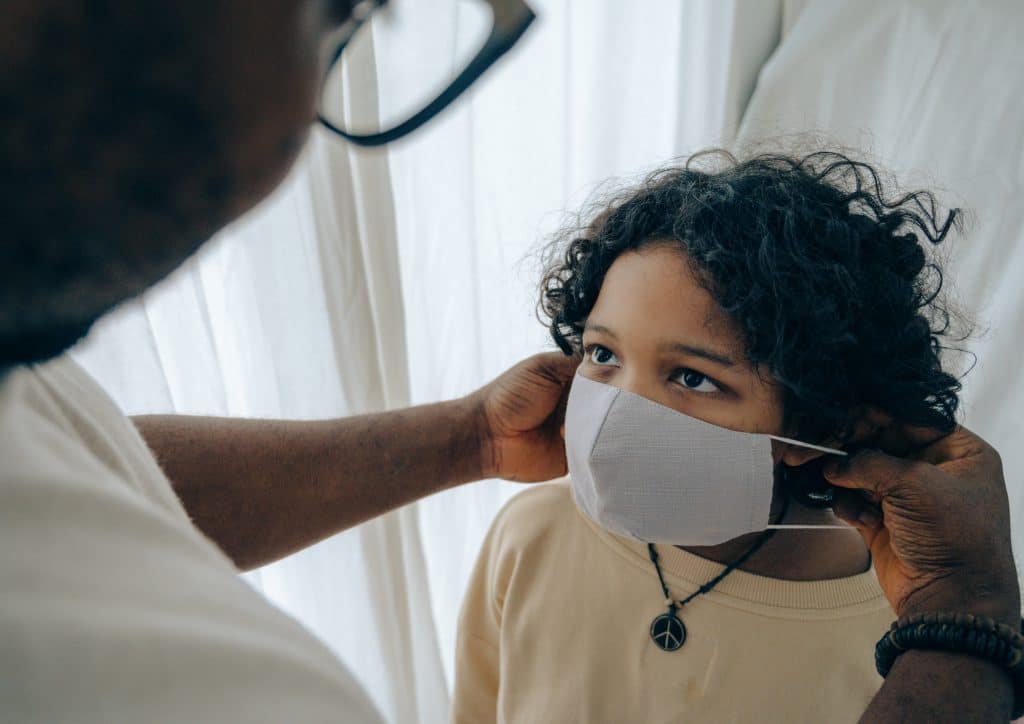Masking for Children with Special Needs

Wearing a face mask is a proven way to slow COVID 19. However, recent studies show that children are less likely to wear a mask, and an even greater percentage of children with special needs struggling to consistently keep a mask on.
Some reasons noted by several analysts show that several children tend to be reactive towards certain fabrics and the loops and therefore do not tolerate wearing a mask.
However, below are some tips to help combat this issue.
Mask Example
Going out does not have to be the first time a child uses a mask. Wearing a scarf at home or practicing putting a mask on a stuffed animal has shown to increase the comfortability that a child has on a mask.
Set An Example
Children will always look up to their parents. If you are not wearing a mask, they will not familiarize themselves with the comfort of wearing a mask. By responding positively to mask-wearing, children will see masks as a good thing.
Ear Support
The ear loops can be uncomfortable for children. Luckily there are several ways to make it more comfortable. Putting two buttons on a headband or hat just behind the ears can help lessen the sensitivity. The mask loops can lock onto the buttons, rather than the ears.
Material Type
Masks these days are currently being made with different materials and not all are the same. Finding the best material is difficult as each material works differently for everyone. Above all, masks need to be secured to cover the nose and mouth.
